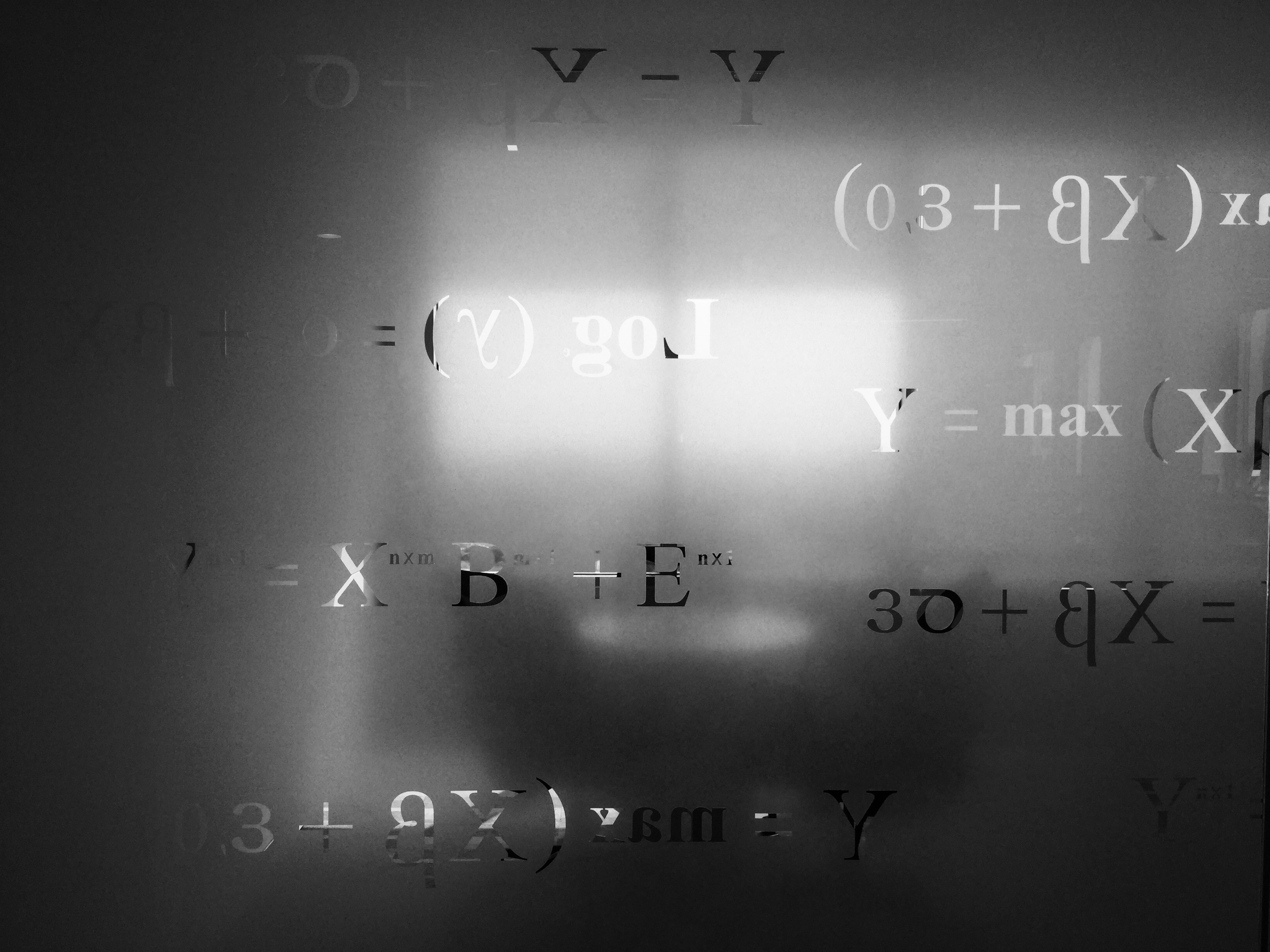Two markets might both have the same contract priced at 60 cents, but liquidity could cause the effective price to vary meaningfully.
One market might be able to fill 5,000 shares at 60 cents without the price budging — that's easy.
The second market could be trickier though. After buying 50 shares at 60 cents, you might have to buy the rest at 61 cents. It's even possible that you need to purchase shares at 64 cents to get to your goal of 5,000 shares for a contract.
The "60 cents" price you see on the screen can easily turn into something substantially more expensive.
Before you buy contracts, make sure you look into these questions.
- Depth — how much size is really sitting at each price level?
- Spread — what's the distance between best bid and best ask?
In other words, take the time to do the extra math. If you want to buy 5,000 shares, can the market actually fill those 5,000 shares at the current asking price? If not, what price would you be paying for those 5,000 shares? Depending on the liquidity in the market, you could be paying quite a lot more than the surface quote.
